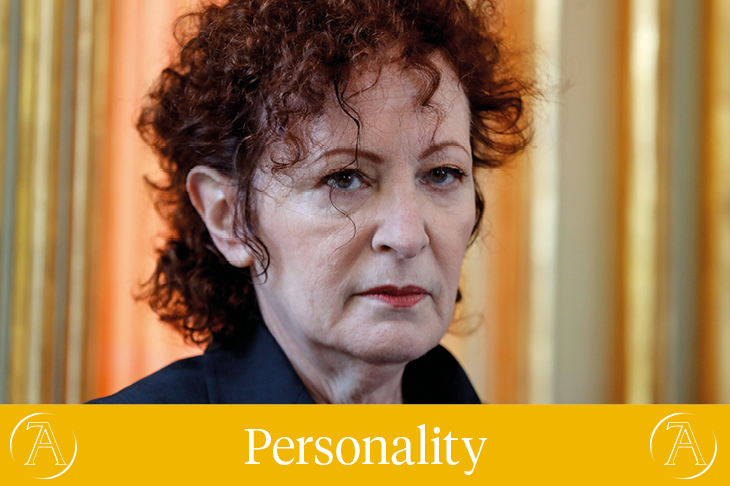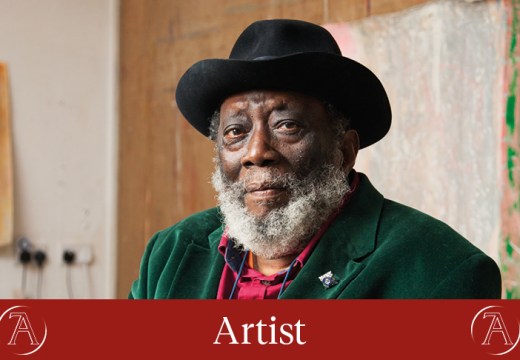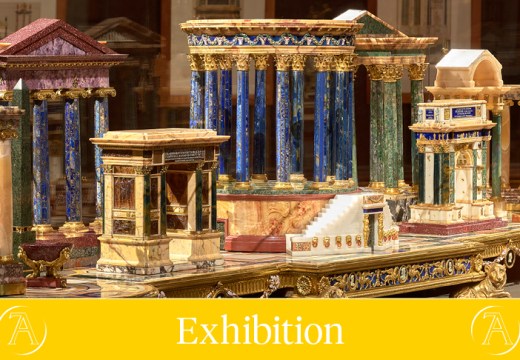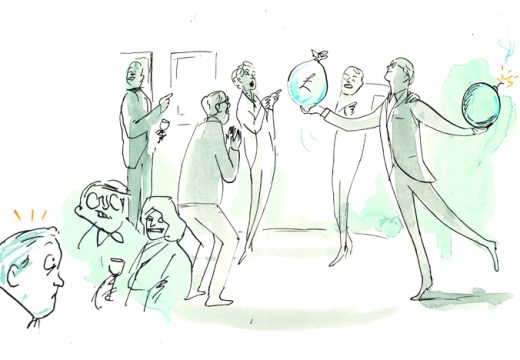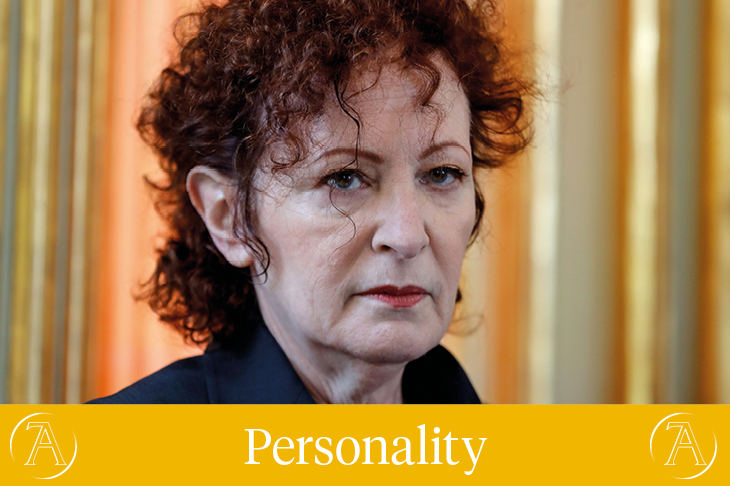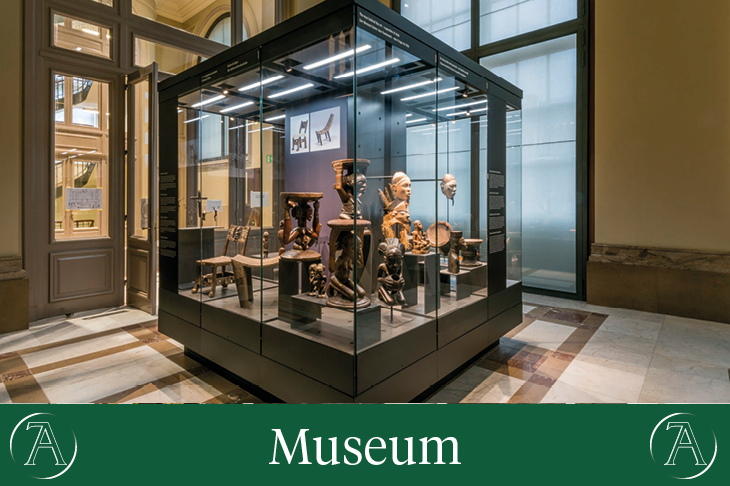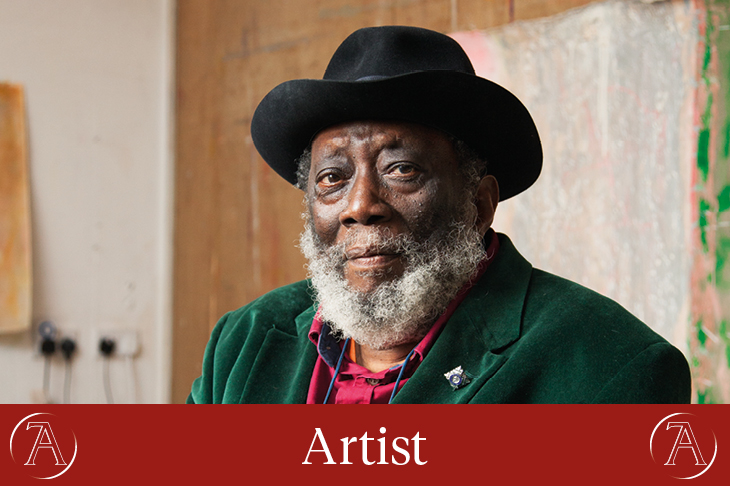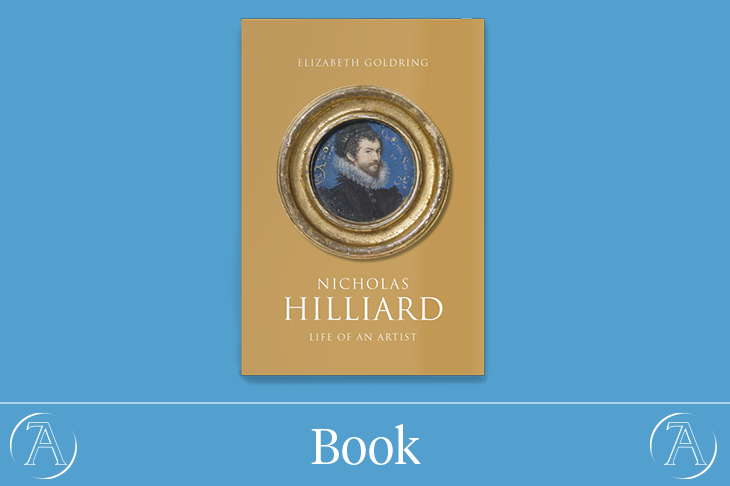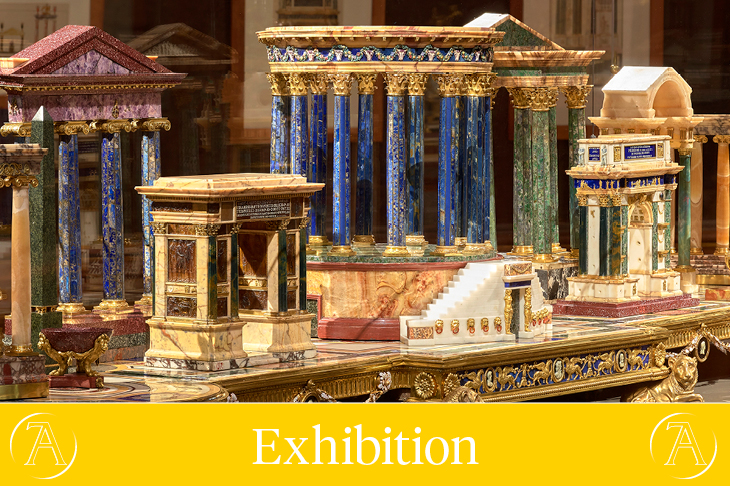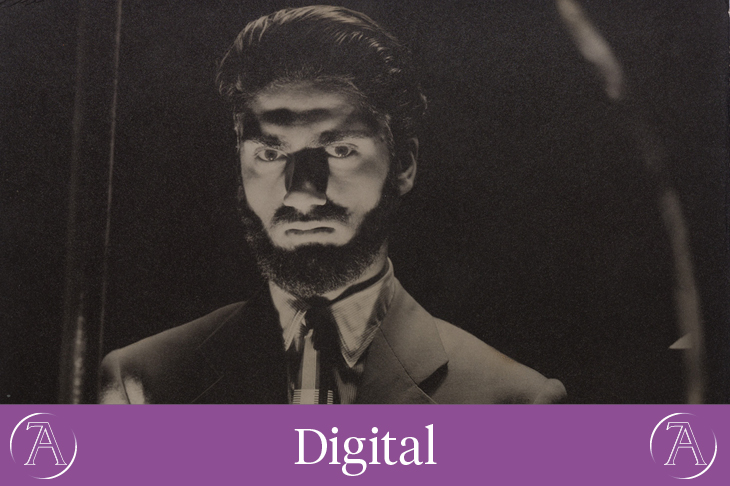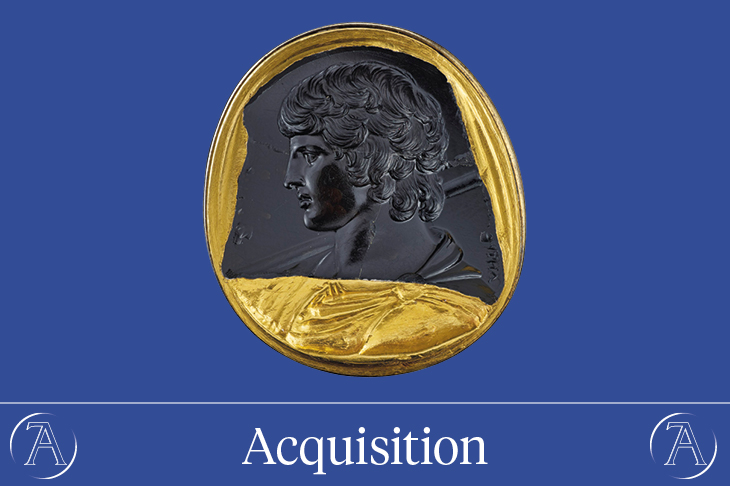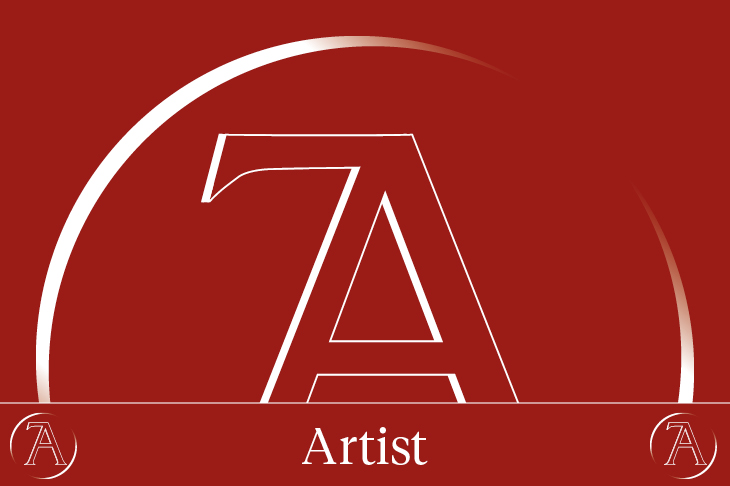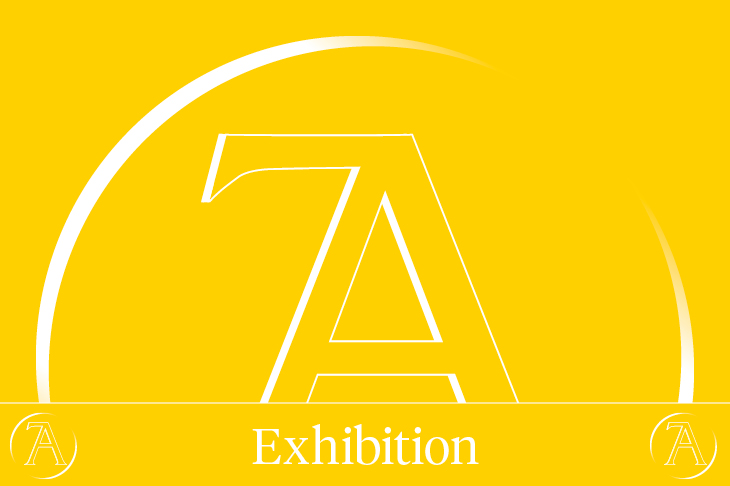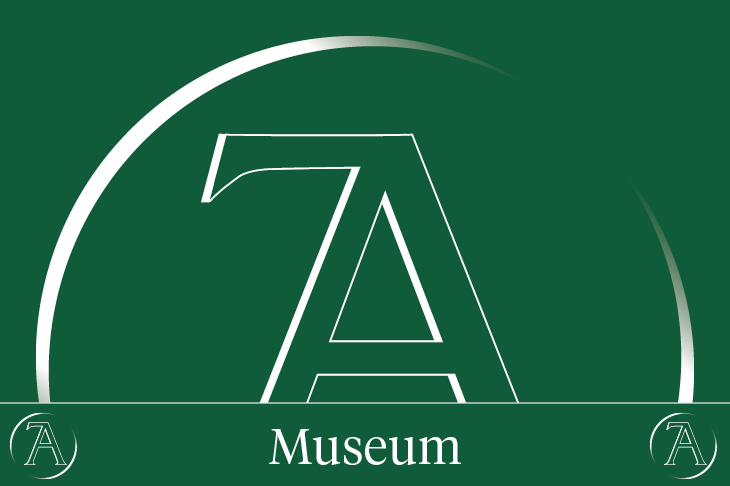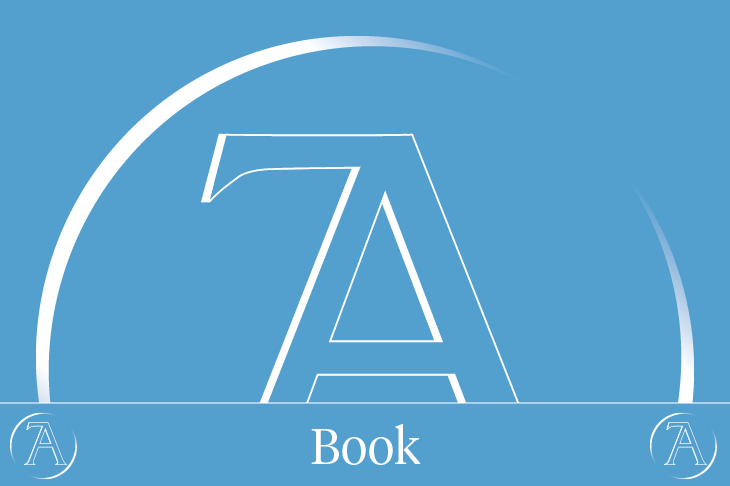Nan Goldin
In March 2018, the artist Nan Goldin and a group of about 100 protestors could be found in the Sackler Wing of the Metropolitan Museum of Art in New York, throwing bottles of pills into the moat that surrounds the Temple of Dendur, switching between chants of ‘Sacklers lie, people die’ and ‘Shame on Sackler’ and holding up banners, including one that read ‘Fund Rehab’. It was the first public protest by P.A.I.N. (Prescription Addiction Intervention Now), the activist group of which Goldin is a key member. P.A.I.N.’s purpose is to draw attention to the crisis of opioid addiction in the United States and beyond – and to lobby the courts to seize money the Sackler family derives from Purdue Pharma, maker of the addictive painkiller OxyContin, to pay the costs of treatment and rehabilitation.
In the January 2018 issue of Artforum Goldin had written of her own three-year addiction to OxyContin, first prescribed to her after an operation on an injured hand. It was, she has said, only when she had got clean after a spell in rehab and was reading the investigative reports that were appearing (in the New Yorker, in Esquire) that she began to connect her personal experience with the wider opioid crisis. Purdue Pharma is still privately owned by the heirs of Raymond and Mortimer Sackler. (The children of Arthur, the third Sackler brother, have been at pains to point out that they have not profited from the aggressive marketing of OxyContin since the mid 1990s; their father’s stake was sold after his death in 1987.) P.A.I.N.’s third aim, and this is where Goldin has been so effective, is for museums and cultural institutions to refuse future funding from the Sackler family and remove any sign of the name that has been synonymous with cultural philanthropy for so long – but not, to most people, with Purdue Pharma.
Since that first protest at the Met, Goldin has demonstrated at venues including the Harvard Art Museums, the Arthur M. Sackler Gallery in Washington, D.C., and the Guggenheim in New York; this summer P.A.I.N. staged its first protest in Europe, unfurling its banners in front of I.M. Pei’s pyramid in the courtyard of the Louvre. The results have been astonishing. In March this year the National Portrait Gallery in London announced that it would not accept a promised donation of £1m from the Sackler Trust in the UK; two days later, the Tate announced that it would not take any money from the trust, either. (The Sackler Trust has since decided ‘to temporarily pause all new philanthropic giving’.) In May, the Met followed suit with a carefully worded announcement that it would not accept money from Sackler family members ‘presently associated with Purdue Pharma’. By the summer things seemed to be speeding up considerably, when in the same month as the protest in Paris, the Louvre removed the Sackler name from its 12 rooms of Near Eastern antiquities; it claimed, somewhat unconvincingly, that this was prompted only by the retrospective enforcement of its policy on how long naming rights should last.
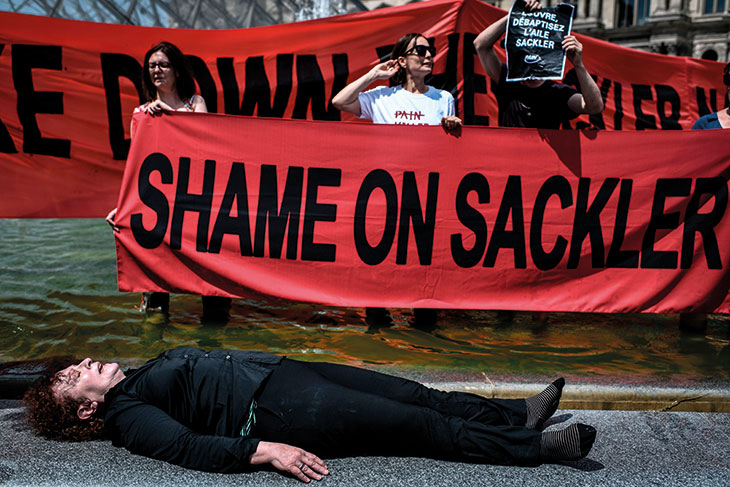
Nan Goldin protesting with P.A.I.N. in the courtyard of the Louvre in July 2019. Photo: Stephane de Sakutin/AFP via Getty Images
It is hard to think of a single-issue, direct-action campaign that has been as effective as P.A.I.N. at getting its message across and bringing about real change. It is impossible to see how it could have got so far without Goldin’s involvement; she seems to have proved, beyond any doubt, that artists can have real influence, if they choose to exercise it, over the institutions that collect and display their work. A month before the National Portrait Gallery’s refusal of future Sackler funds, for instance, the Observer reported that Goldin was threatening to turn down the retrospective she had been offered by the museum. Well-meaning petitions and letters to newspapers signed by shifting coalitions of the great and the good are no match for well-thought-out direct action and a willingness of those artists who can cause institutions the greatest embarrassment to act.
Just as Goldin’s best works derive their power from how intimately she has always connected art and her own life, her activism has been prompted by her own experience. Taken together, the nature of her art and the facts of her biography have had the remarkable ability to amplify the voices of those who don’t have work in the permanent collections of the world’s leading museums.
The personal and the political have been there in Goldin’s art all along. Currently at Marian Goodman in London is a show that includes a new edit of The Other Side (1993–2019), a slideshow of photographs and an accompanying book documenting Goldin’s drag-queen and transgender friends in Boston, New York and elsewhere (until 11 January 2020). The Ballad of Sexual Dependency, her greatest and best-known work, also began as a slideshow of photographs she took between 1979 and 1985 of friends in Provincetown, Boston, and in downtown New York (where she had an apartment on the Bowery). To many of the same friends, she would show different edits of the slideshow accompanied by an ever-changing soundtrack. Goldin has described the work, which screened at the Whitney for the first time in 1985 and was published as a book the following year, as ‘the diary I let people read’. Her friends – Goldin has never referred to them as ‘subjects’ – are at ease, whether staring candidly at the camera or ignoring its gaze. Voyeurism is never a question: the single most powerful image and the hardest to look at is ‘Nan one month after being battered’, her record of the end of an abusive relationship.
If The Ballad of Sexual Dependency is a diary that Goldin has edited and re-edited over the years, it is now also a memorial of the scores of friends who died too young, many from AIDS-related diseases. Goldin has said of that time and that milieu, ‘I watched almost everyone I knew die.’
The performative nature of P.A.I.N. – the ‘die-ins’ in particular – bear the strong influence of the early AIDS activism and the campaigning of groups like ACT UP to get the US government to acknowledge and fund research into the disease. In 1989, Goldin curated ‘Witnesses: Against Our Vanishing’, a group show about the effect of the AIDS epidemic on her peers at Artists Space, New York, including work by friends such as Peter Hujar, who had died in 1987, and David Wojnarowicz, who would die in 1992. Enough time has passed that venerable institutions such as the Morgan Library and the Whitney are putting on retrospectives of the same artists, but Nan Goldin is still bearing witness in her own way.
Fatema Ahmed is deputy editor of Apollo.
The Winners | Personality of the Year | Artist of the Year | Museum Opening of the Year | Exhibition of the Year | Book of the Year | Digital Innovation of the Year | Acquisition of the Year | View the shortlists
Unlimited access from just $16 every 3 months
Subscribe to get unlimited and exclusive access to the top art stories, interviews and exhibition reviews.

